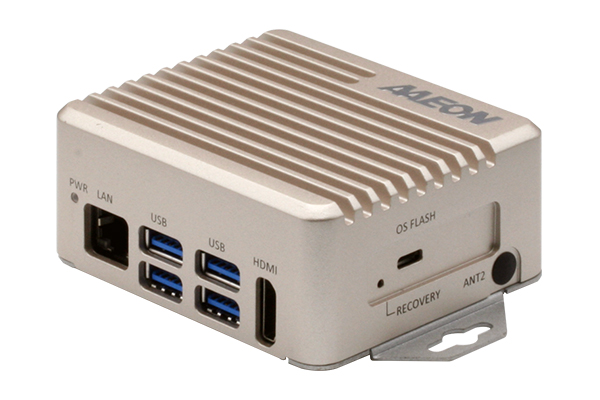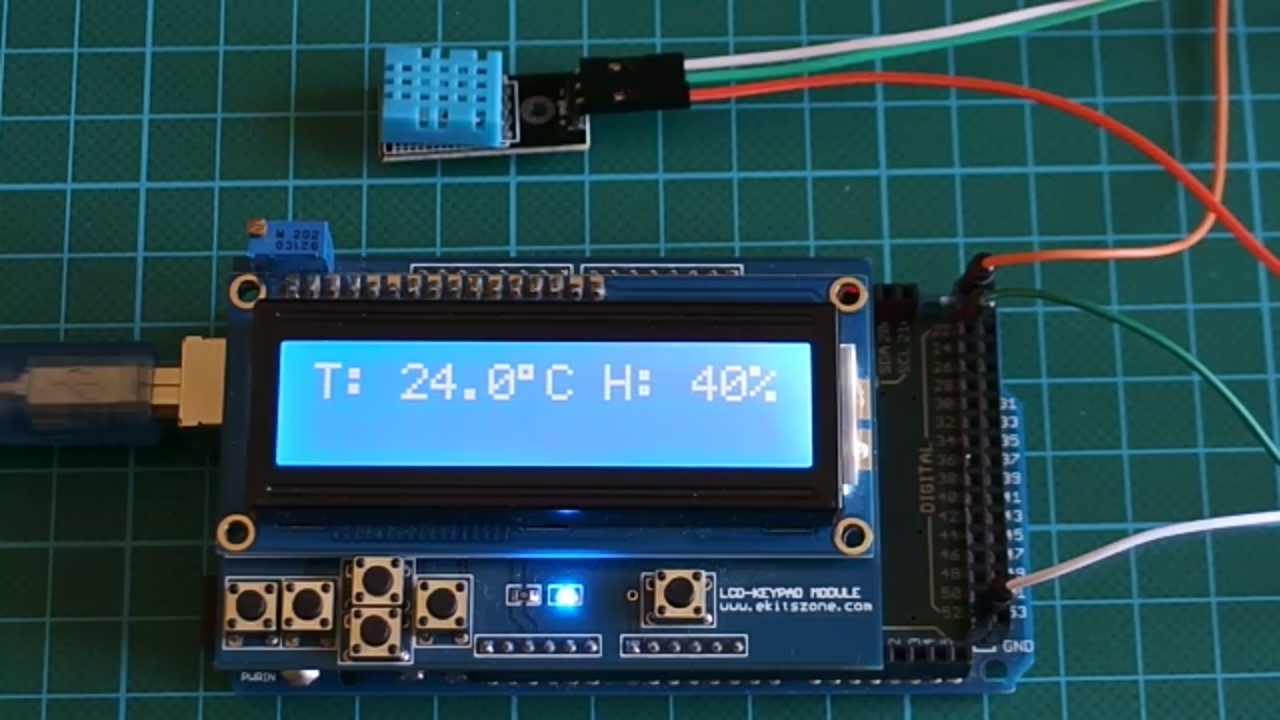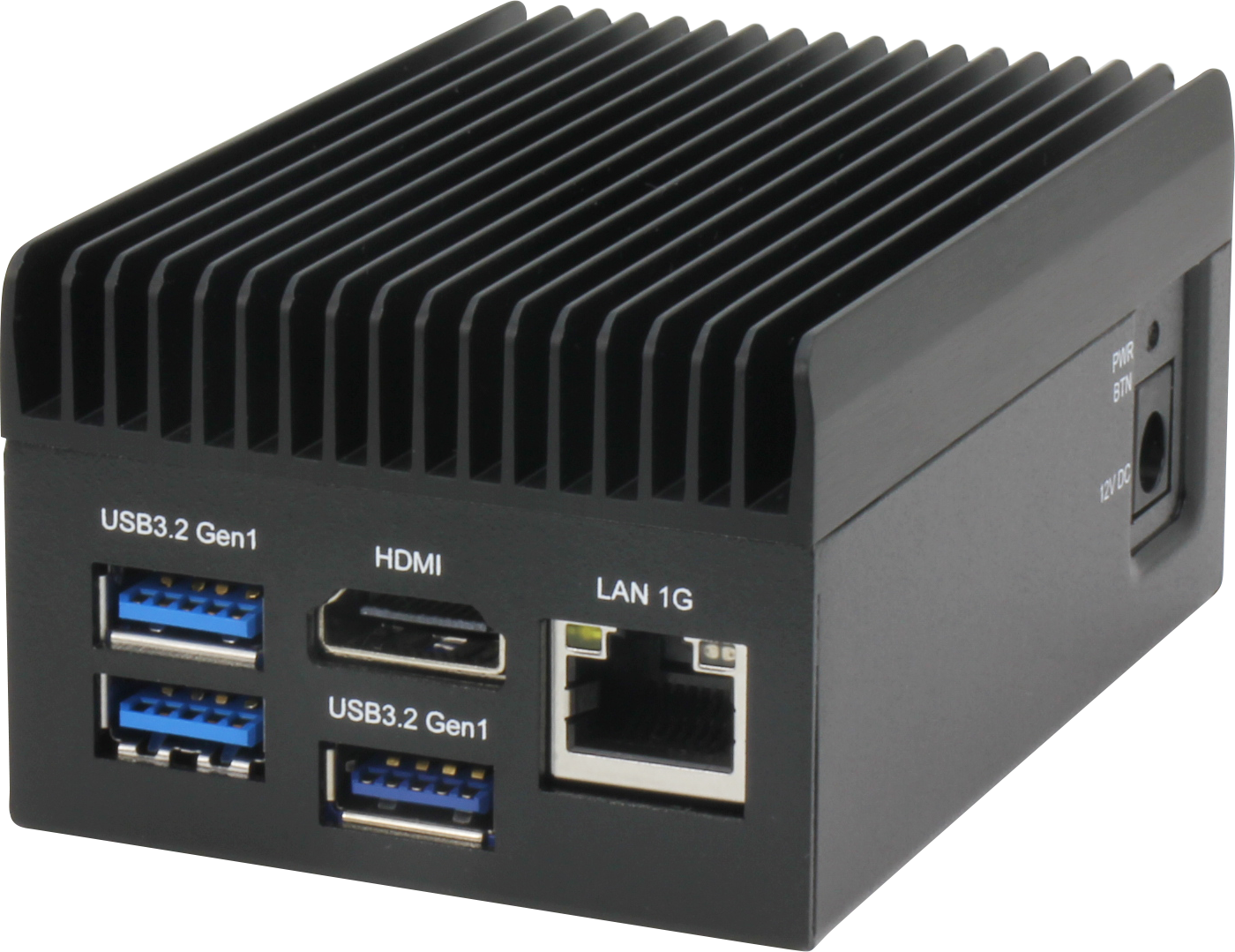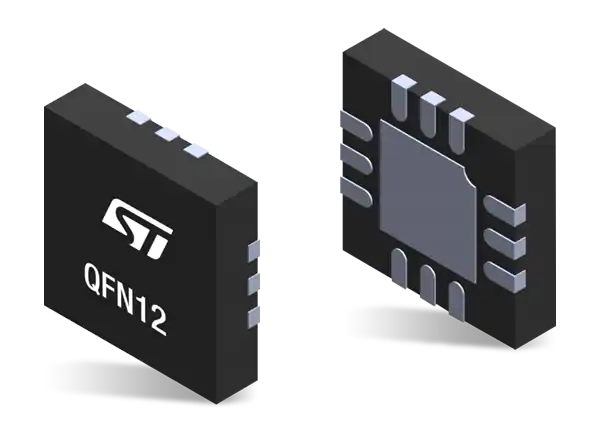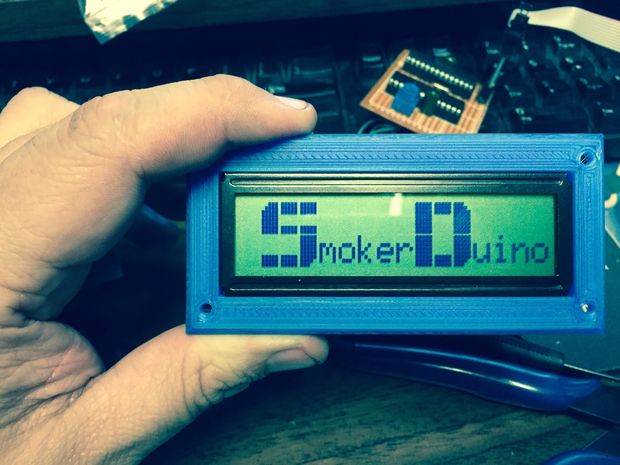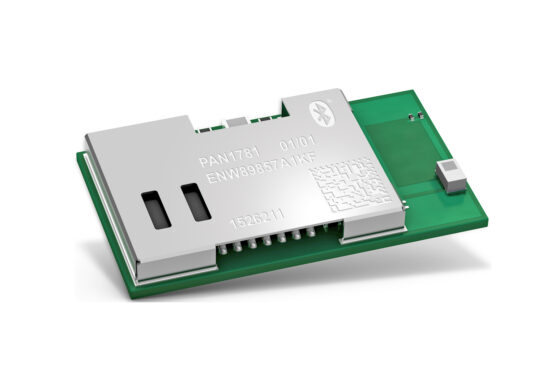
Lightweight evolution – and a new member for the Nordic Semiconductor-based Bluetooth Module family: The new PAN1781 from Panasonic Industry suits a wide range of mid and high-volume application designs.
“With the PAN1781 being the little brother of our undoubtedly successful PAN1780, we are now rounding out our module range on the lower ends”, opens Jan Scheller from Panasonic Industry.
The PAN1781 is a Bluetooth® 5 Low Energy module based on the Nordic nRF52820 single-chip controller and is, in a way, the lightweight version of the PAN1780. Bluetooth® 5 features additionally a higher symbol rate of 2 Mbps using the high-speed LE 2M PHY or a significantly longer range using the LE coded PHY at 500 kb/s or 125 kb/s. The new channel selection algorithm (CSA#2) improves the performance in high interference environments. Furthermore, the new Low Energy advertising extensions allow for much larger amounts of data to be broadcasted in connectionless scenarios.
“The module is an attractive solution because of its truly flexible usability enabled by the attractive software stacks available via the Nordic portal, for instance Bluetooth® Low Energy 5.1, ZigBee and Thread”, continues Scheller. “Thus, the PAN1781 is an allrounder that perfectly qualifies for many different applications and markets. It comes with the same specs as the PAN1780, but due to its reduced memory it is a highly economical choice for each context that requires an essential Bluetooth® interface.”
An output power of up to 8 dBm and the high sensitivity of the nRF52820 in combination with the LE coded PHY render the module an ideal choice for applications, where a long-range is required.
Additionally, the module’s ultra-low current consumption is highly beneficial for modern battery-powered devices.
With the Cortex® M4 processor, 32 kB RAM, and the built-in 256 kB flash memory, the PAN1781 can easily be used in standalone mode, thereby eliminating the need for an external processor, saving complexity, space, and cost. The PAN1781 also supports angle of arrival (AoA) and angle of departure (AoD) direction finding using Bluetooth®.
Scheller concludes:
“With the new PAN1781, we clearly address mid and high volume designs from customers valuing high quality, long availability and Panasonic Industry’s high level support throughout the whole design-in period – and even beyond”.





